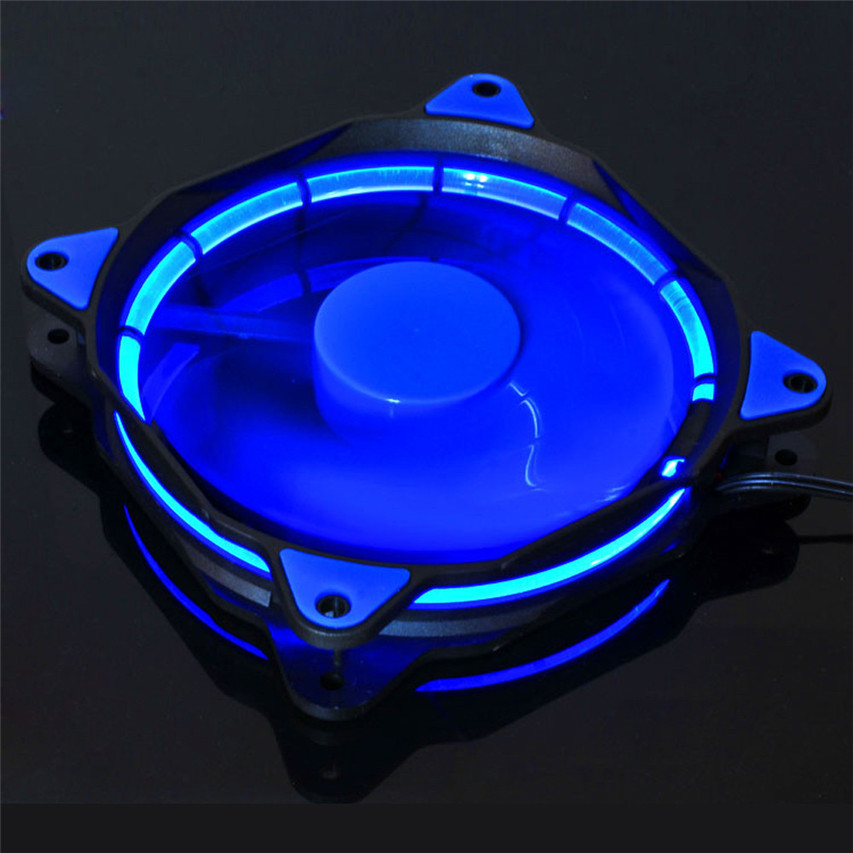

Now, finding the controller that suits your needs isn’t that tricky. Getting the best fan controller for your needs allows you to optimize the airflow inside your case, control the fan noise, and even control your RGB effects (on some controllers). But if you have a bunch of case fans, you can greatly benefit from having one, especially if your motherboard has just one or two fan connectors.

In comparison, the DC fans, if anything, will use a slightly lower voltage.A fan controller is probably the last thing that comes to your mind when talking about PC accessories. When a fan is on a 40% duty cycle, it's only using electrical power 40% of the time. Power Consumptionĭue to the way PWM fans function, they're generally more efficient than DC fans and use less power. So, if the price is the main deciding factor for you, DC is easily the better choice. CostĭC fans generally cost less than their PWM cousins since they're cheaper to produce. The main thing that determines the noisiness is the fan's maximum RPM and its overall build quality. However, differences in the noise level will be minuscule during peak PC performance. Since PWM fans always run at 12V, this isn't an issue. Since DC fans typically run faster than PWM fans while idling, they are louder.Īnother thing to remember is that some DC models will generate electrical noise (one of those strange PC noises that occasionally arise) while they aren't operating at 12V. Some DC fans now come with a voltage controller built-in, though it's also possible to alter the voltage through the BIOS or with a third-party fan controller.Ī side-effect of the greater speed control that PWM fans provide is that while the computer doesn't need the extra cooling, it will spin far slower and produce far less noise than DC fans. This means that you can lower the fan speed by reducing the voltage, though most fans will stall below a certain speed. The higher the voltage, the quicker the fan speed, and the greater the cooling. The most common voltage for DC fans is 12V, though they also come in 5V, 24V, and 48V. The signal pin collects information about how fast the fan is spinning (called tachometer output) and alerts if the fan stops working. They run on a fixed voltage from a DC power supply or via the motherboard and provide consistent cooling to your computer.ĭC fans have 3-pin connectors: A power supply pin, a ground pin, and a signal pin. What's a DC Fan?Ī DC fan is a traditional computer fan. These fans differ in crucial ways that change how you use them in a computer.

Direct Current (DC) and Pulse Width Modulation (PWM) fans are the two main types found in computers.


 0 kommentar(er)
0 kommentar(er)
